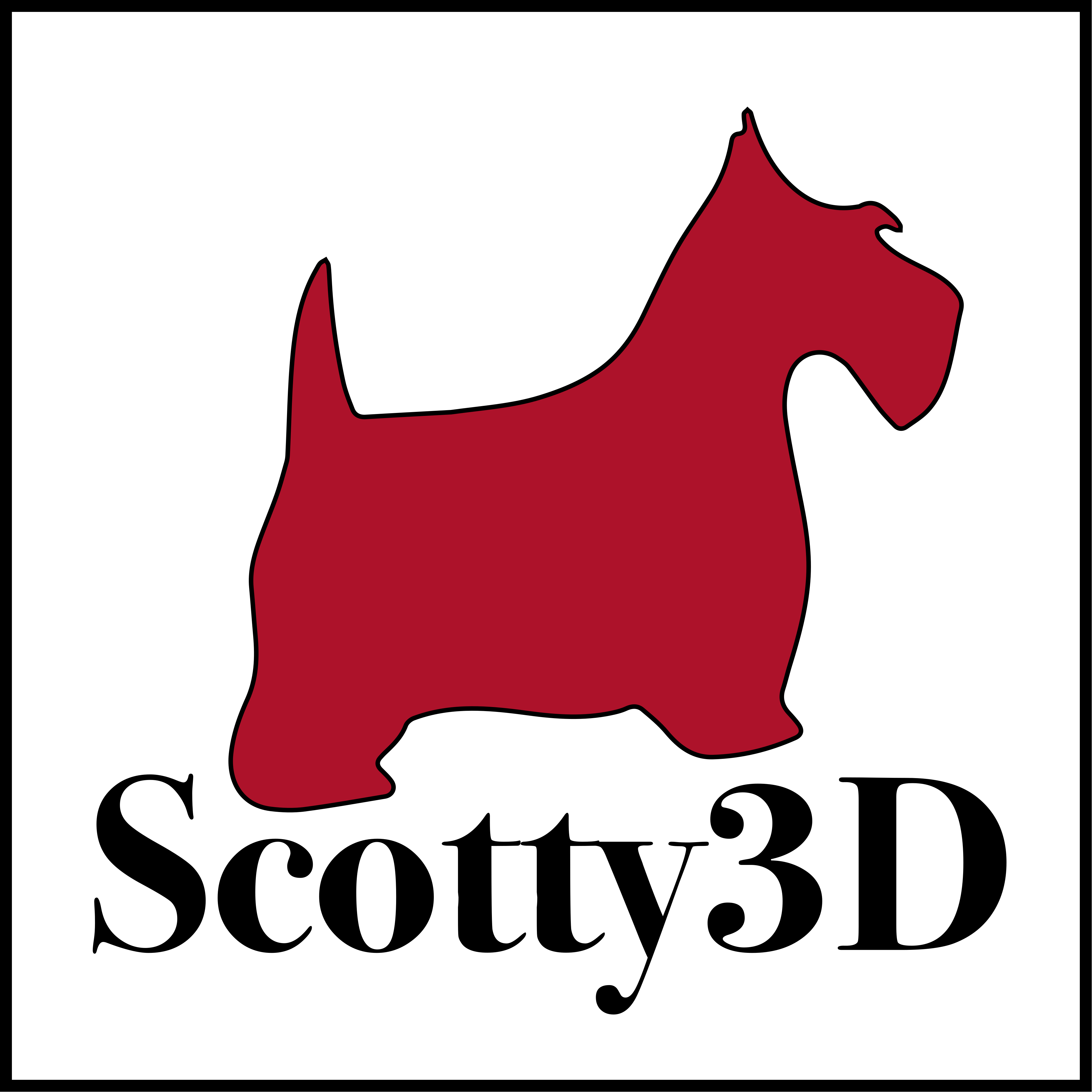-
Notifications
You must be signed in to change notification settings - Fork 65
User Guide
The User Guide provides some end-user information on how to use Scotty3D.
The basic paradigm in Scotty3D is that there are three different modes, each of which lets you perform certain action. For instance, in MeshEdit mode, you can perform actions associated with modeling. When in Animator mode you can perform actions associated with animation. Etc. Within a given mode, you can switch between actions by hitting the appropriate key; keyboard commands are listed below for each mode. Note that the input scheme may change depending on the mode. For instance, key commands in MeshEdit mode may result in very different actions in PathTracer mode.
The current mode and action are displayed in the upper-left corner of the screen.
Rather than a standard "undo/redo" paradigm, Scotty3D allows you to quickly load and write the scene to numbered buffers that can be quickly and easily swapped out. Therefore, rather than having a linear history of all your edits, you can store interesting intermediate results, possibly coming back to them later.
In the Scotty3D interface there are 10 buffers, associated with the keys 0
through 9. To write the current scene to a buffer, you simply press the w
key, followed by the buffer number you want to write to. For instance, w and
then 3 will write to buffer number three. Likewise, to load a scene from a
buffer, you press l (i.e., lowercase L) and then a number. Note that loading
a buffer will overwrite the current scene! If you want to preserve the current
scene for later use, you should write it into an unused buffer before loading an
earlier buffer. Likewise, writing into a previously-used buffer will overwrite
the contents of that buffer. Finally, loading from an unused buffer will have no
effect (the scene will remain unchanged).
Another nice feature of the buffer system in Scotty3D is that it is persistent
across different sessions, i.e., if you quit Scotty3D (or it crashes...) you can
still load your stored scenes from the buffers when you restart the program.
(These buffered scenes are stored as COLLADA files named Scotty3D_bufferN.dae
in the same directory from which you execute Scotty3D, which means you can also
copy them or open them in other applications.)

- Task 1: Camera Rays
- Task 2: Intersecting Primitives
- Task 3: BVH
- Task 4: Shadow Rays
- Task 5: Path Tracing
- Task 6: Materials
- Task 7: Environment Light
Notes:
- Task 1: Spline Interpolation
- Task 2: Skeleton Kinematics
- Task 3: Linear Blend Skinning
- Task 4: Physical Simulation
Notes:
